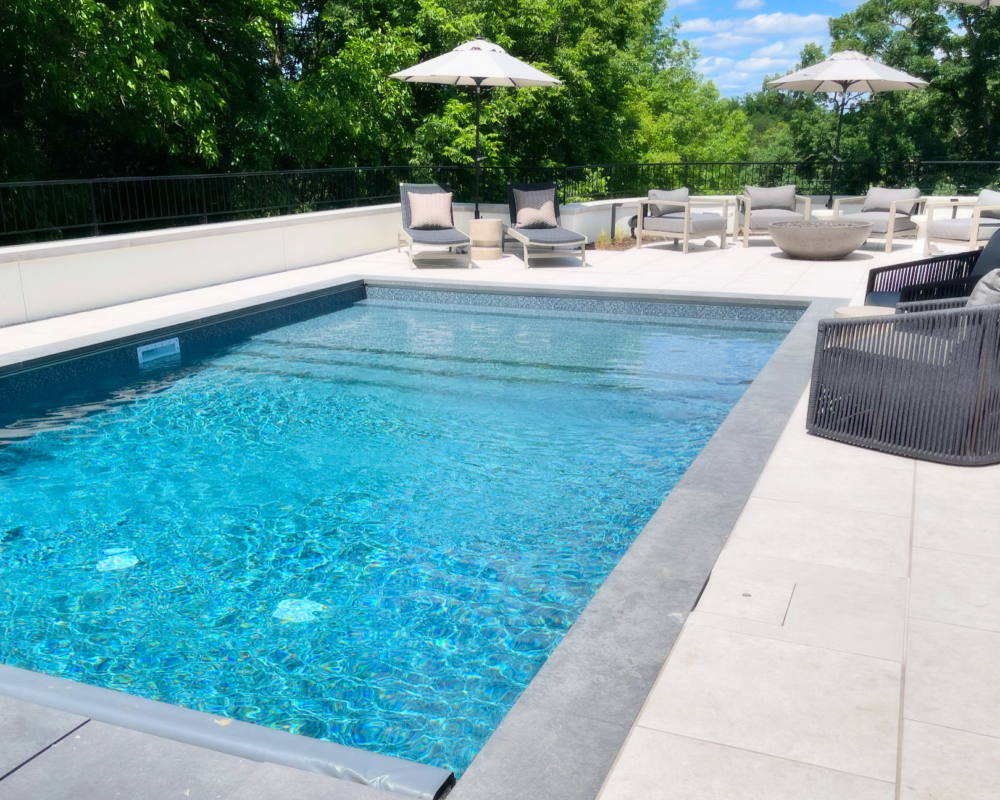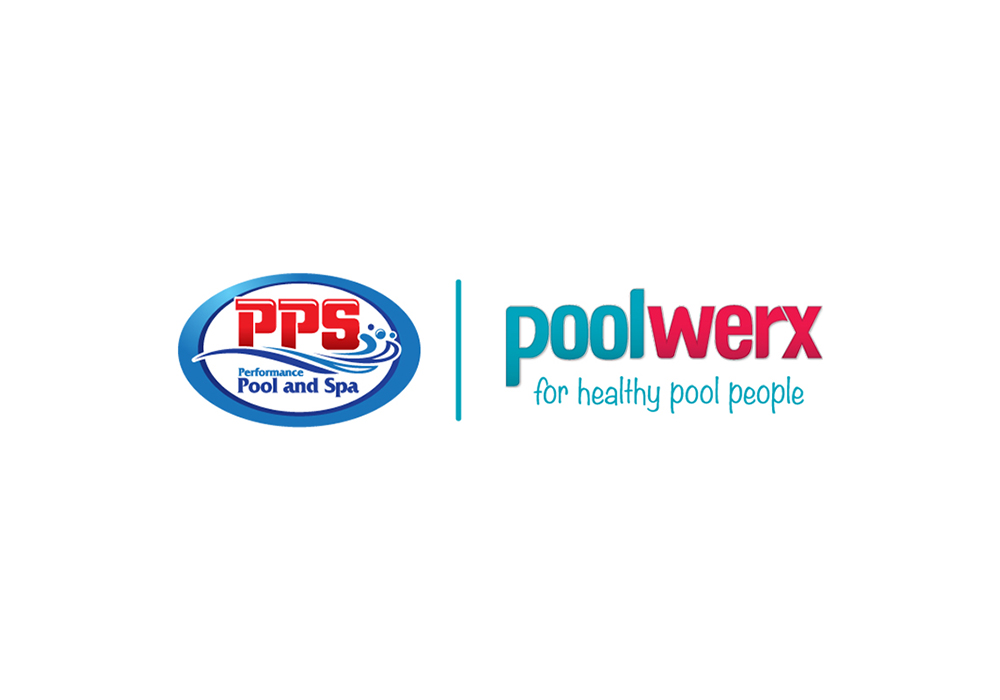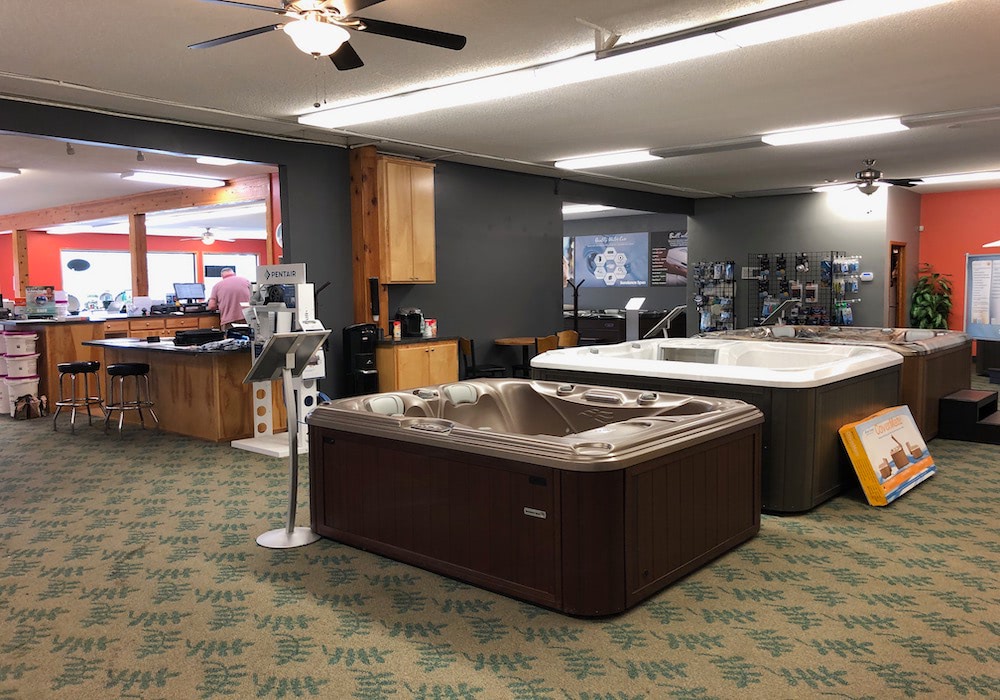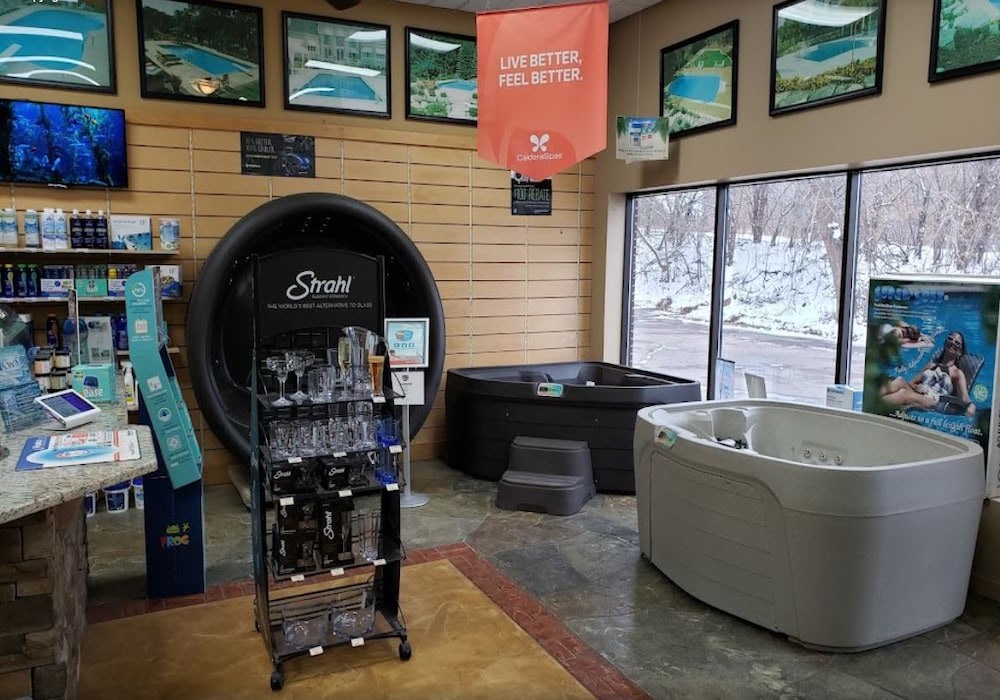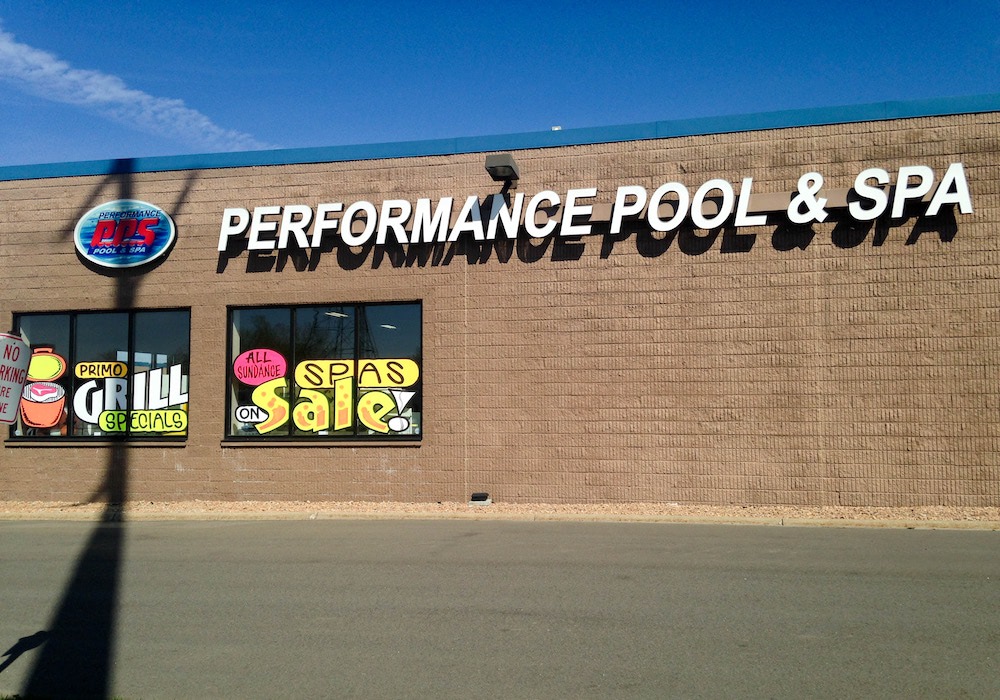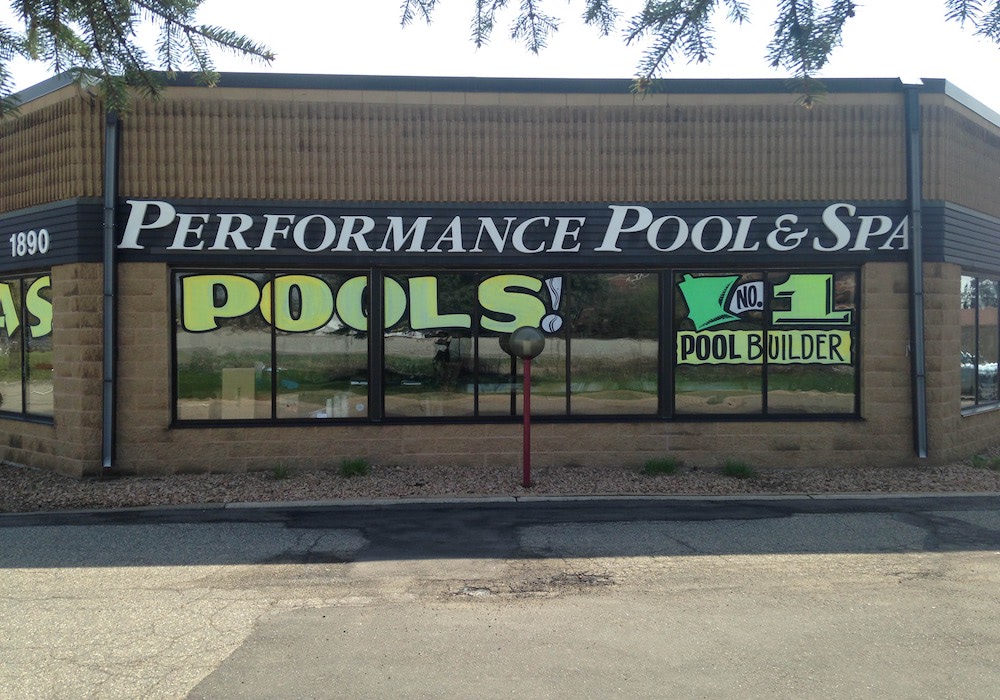Prepare Your Pool for a Perfect Swim Season
Posted: April 13, 2022
Spring is in the air! The temperatures are rising (albeit slowly) and the sun seems to peek out more and more as we move into pool opening season. When you take off your pool cover for the first time since closing it, you never know exactly what you’re going to find. That’s ok, because by following this little guide, you’ll have a smooth swimming season ahead.
1. Open the pool
Before you can start cleaning and preparing your pool for swimming, it’s going to need to be opened first. This can either be done by a professional pool service company https://bit.ly/3xq6IXj or by you, the homeowner, if you feel confident enough in some basic DIY skills.
2. Brush, Net, and Vacuum and Brush Some More
To give yourself and your trusty pool chemicals the best chance of success, we need to clear the pool of as much debris as possible. To do this, start by brushing down the entire pool from walls to bottom, ensuring that all gunk, grime, and debris are floating freely in the pool water. After that, use your pool net to scoop out the large chunks of debris like sticks and leaves.
Alternate between brushing and netting until you have gotten a majority of the debris out of the pool. Once the level of debris has been reduced to a more manageable level, it’s time to get to vacuuming. You can either use a manual vacuum or automatic pool robot like the Dolphin or Polaris cleaner lines. For manual vacuuming reference, see this helpful video guide here https://bit.ly/37m38CW . Simply run the vacuum until all sediment, algae, and debris are removed from the pool. An algaecide may be needed if your vacuum won’t pick up the whole algae bloom. Also, keep in mind the more you brush and net at the start, the less work you or your vacuum will have to do to get the rest.
3. Testing, testing, testing
Now that you have a semi clear and clean pool, it’s time to get it balanced. For the start of the season, it’s a good idea to get your pool water professionally tested at your local pool store so that you can know for certain what’s going on in the water and get recommendations for how much product to add. The water test will also tell you whether you need to add specific chemicals like metal removers or phosphate reducers.
4. Balance pH, Calcium, and Alkalinity
Before adding other chemicals, let’s get our water balanced. Based on the water test recommendations, add the appropriate amount of pH up/down, alkalinity up, and calcium up to bring each level into their respective ranges. Recheck with a test strip after a couple hours to see if levels seem more inline with where they should be.
Once each level is within range, we can move on to adding maintenance chemicals and chlorine.
5. Metal Magic and Preventative Algaecide
If your water test showed elevated levels of iron or copper, (common if you use well water to fill your pool) then you will need to use a metal remover to ensure your pool doesn’t oxidize those metals and turn your pool green/orange/brown, or cause extra stress on your pump and heater. Add the recommended amount of Metal Magic for your size pool, let the water circulate for 24 hours, and then clean your filter(s). After the metal magic has cycled through, you should also add a preventative algaecide.
With how common algae problems are for pool owners, it is much cheaper and easier to dose with a preventative algaecide instead of using an algaecide to clear up an algae bloom that has already formed. Algae Break 90 is an excellent algae preventer that will keep you algae free for 90 days.
6. Chlorine and CYA
Now that we have balanced water that is free from minerals and has been fortified to prevent algae, we can add chlorine and then add CYA to keep it there. You can refer to your water test to see how much chlorine is recommended for your pool, but the standard chlorine dose for starting up a pool is 2 pounds of chlorine for every 10,000 gallons of pool water (a 20,000 gallon pool will need at least 4 pounds of chlorine).
Once you have a good level of chlorine in the pool, we can add the recommended amount of CYA to hold onto it. CYA prevents your chlorine from being evaporated by the sun, saving you chlorine (and thus money) over the season.
7. Seasonal Supreme
One of the best things you can do for your pool is to add borates. Borates naturally enhance your chlorine’s effectiveness, clarifies water, buffers your pH and alkalinity, prevents algae growth, and makes your water noticeable softer and less irritating on the skin and eyes. The best part is it doesn’t go up or down with your pool balance so one dose at the start of the season is enough to last the whole summer provided you don’t drain or add a significant amount of pool water.
8. Weekly Pool Perfect and Clarifier
By this point, your pool should be in great condition and ready to roll. However, if you want to keep your pool in great condition, enzymes and clarifier are a great choice.
Enzymes break down non-living organic contaminants like lotions, oils, and other cosmetics that can cause cloudiness, foaminess, and scum which will all eat away at your chlorine and clog your filter. Use enzymes to break down these problem causing contaminants before they can cause havoc on your pool balance with a weekly dose of Pool Perfect. A weekly clarifier can also be employed to keep your pool water looking nice and sparkly.
9. Keep your Pool Perfect by Routinely Testing and Balancing
Being prepared is only half the battle. Make sure you’re keeping up with your pool maintenance by routinely brushing, vacuuming, cleaning your filter, and testing and balancing your pool water and you’ll save yourself money, time, and headache down the road.



